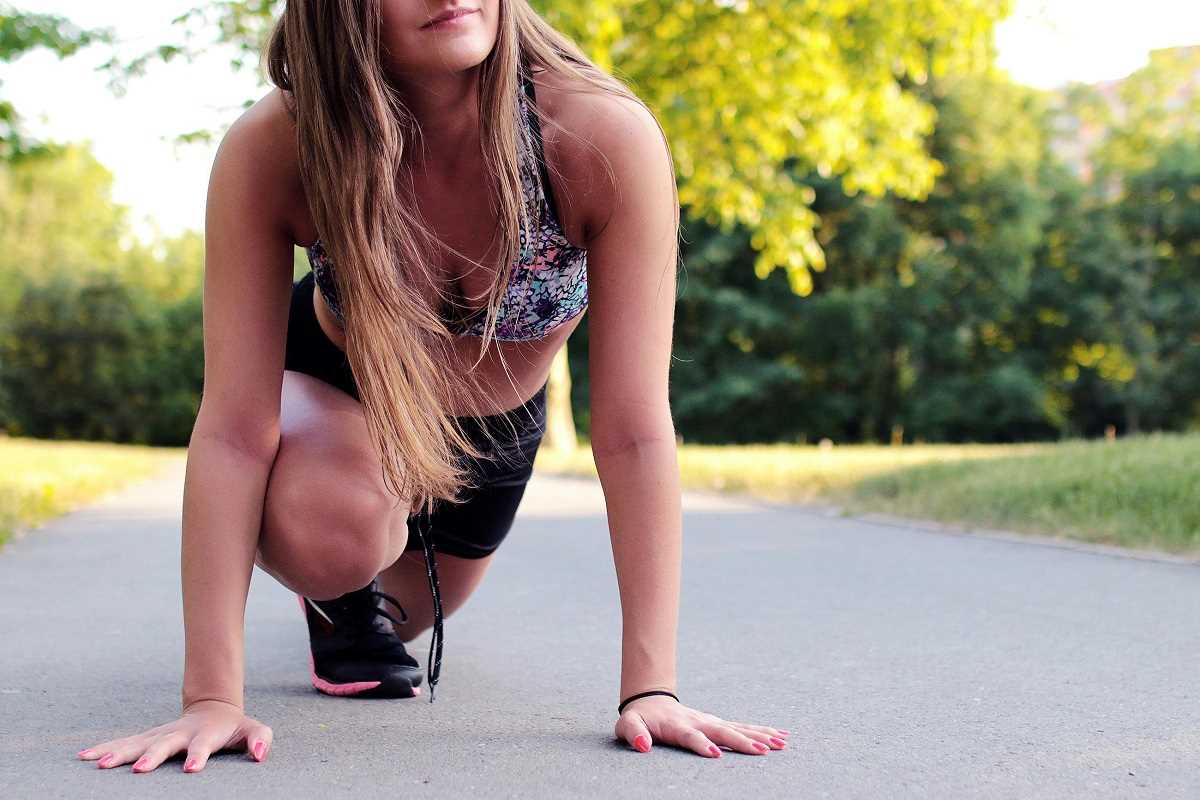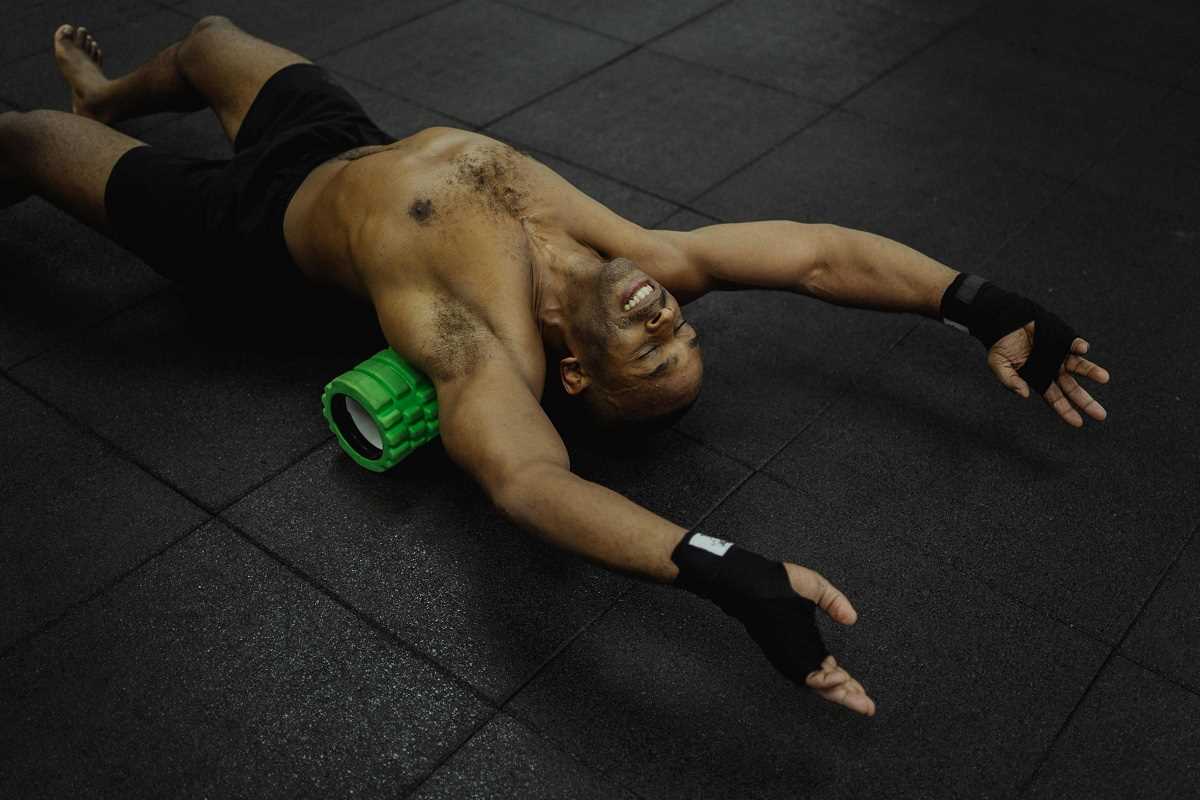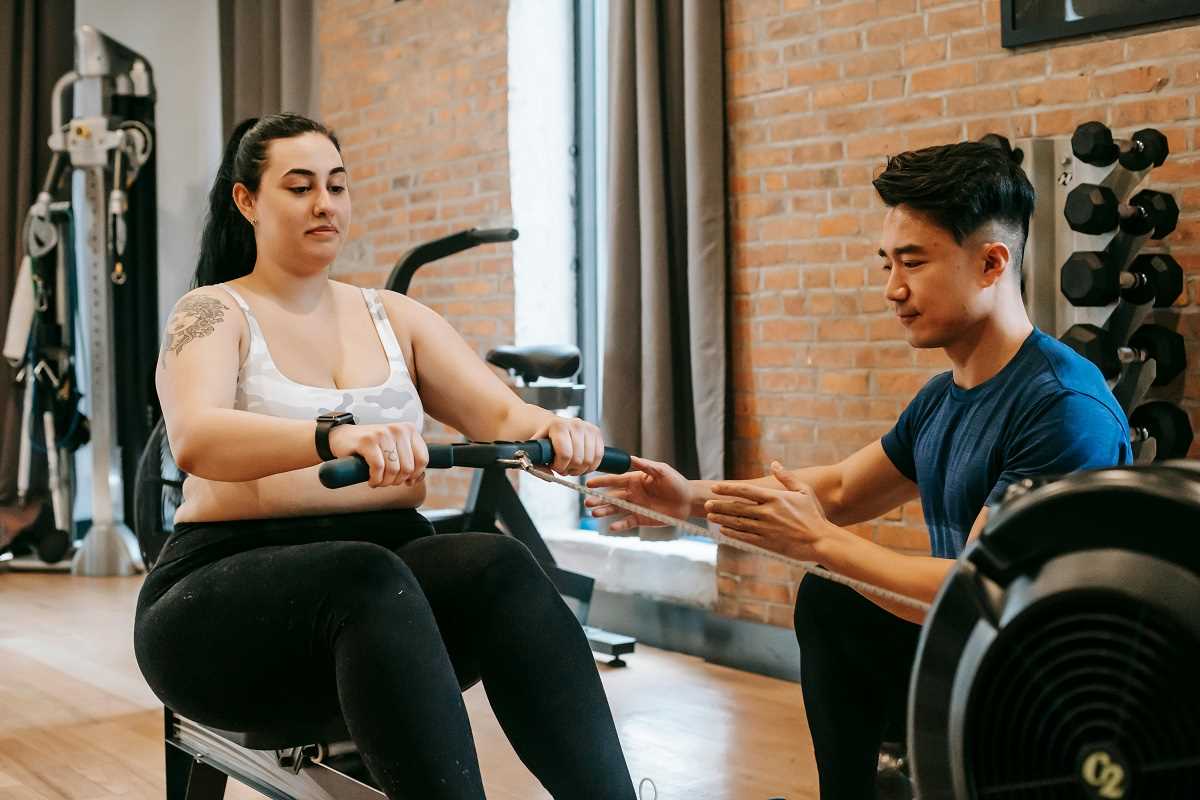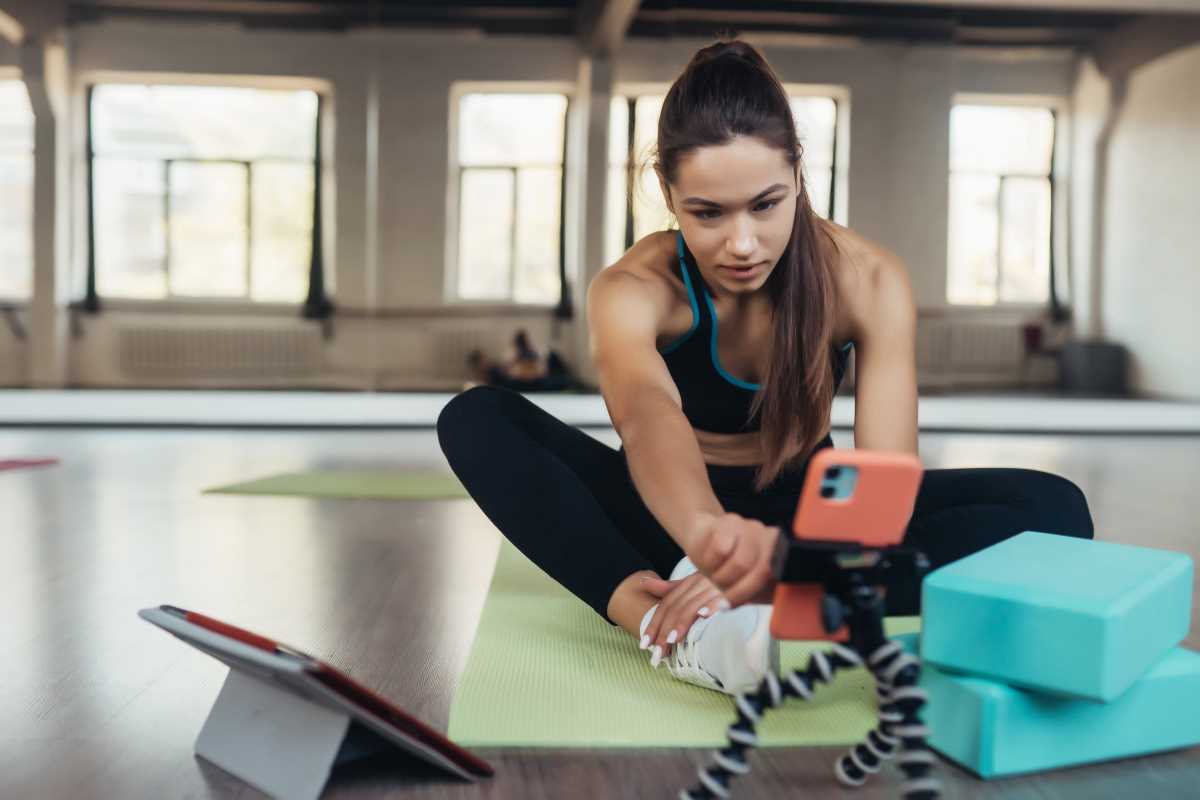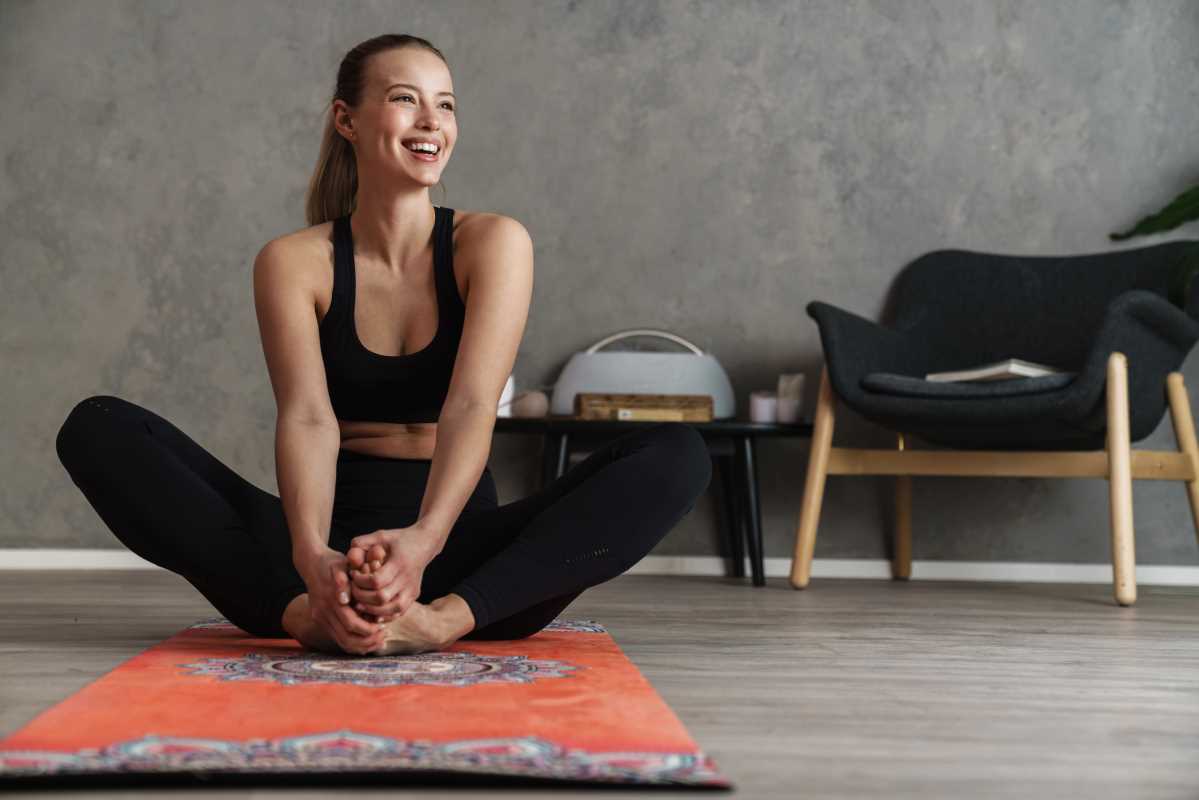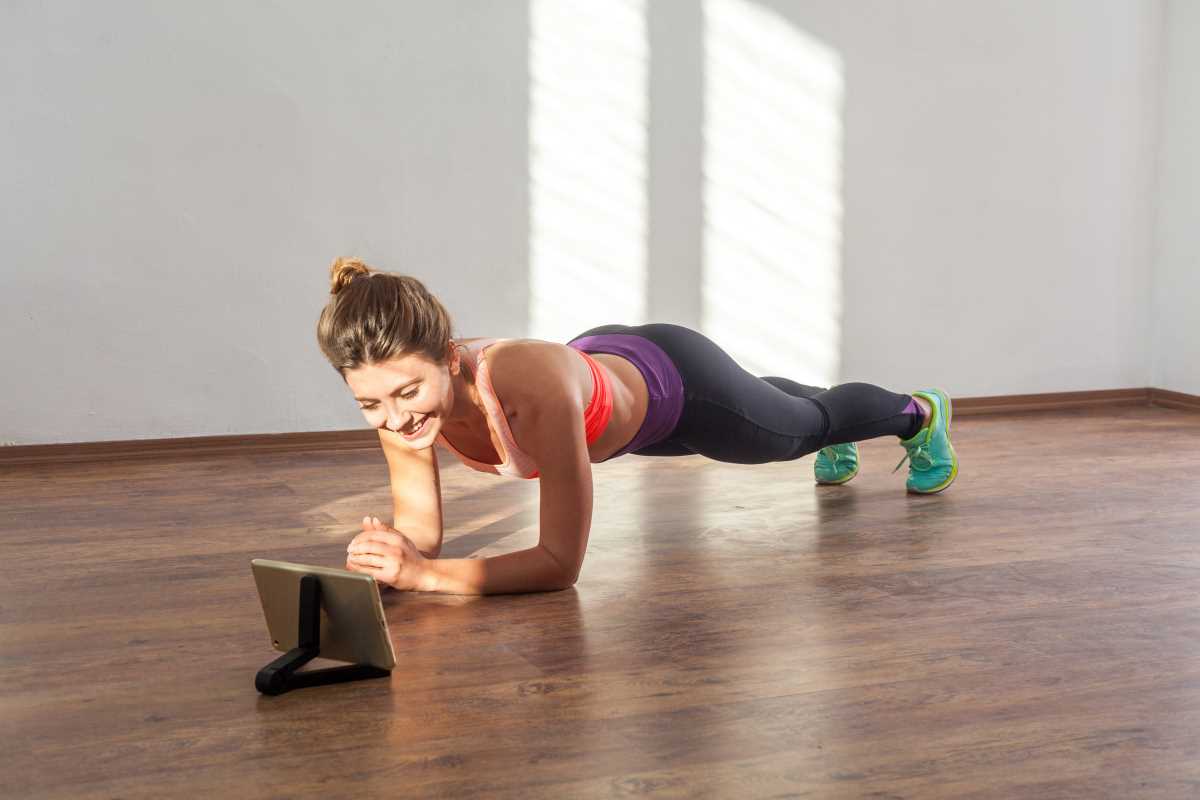If you spend most of your day sitting in an office chair, you’re not alone. Many of us fall into the pattern of sitting for long hours, typing away at a desk. Unfortunately, this sedentary lifestyle can lead to stiff joints, tight muscles, and limited mobility over time. But here's the good news: improving your mobility doesn’t require a gym membership or hours of effort. With a few simple exercises, you can keep your body feeling flexible, healthy, and ready for anything.
Whether you’re a seasoned athlete or someone who hasn’t stretched since gym class, these exercises are tailored for every fitness level. They're great additions to any routine, from warming up before a workout to loosening up after a long day at your desk.
Why Mobility Matters
Before we jump into the exercises, it’s worth understanding why mobility should be a priority. Mobility is your body’s ability to move freely and easily through its full range of motion. It involves the strength and flexibility of your muscles, ligaments, and joints working together.
When your mobility is compromised, everyday tasks can feel harder than they should. Reaching for an item on a top shelf, bending down to tie your shoes, or even taking a walk can become challenging. Poor mobility can also increase your risk of injury, impact your posture, and cause chronic pain over time.
On the flip side, improving your mobility makes things like walking, lifting, and even sitting more comfortable. It also enhances your posture, increases your energy levels, and boosts your overall quality of life.
Whether you’re new to mobility work or looking to step up your game, the following exercises are for you.
Easy Mobility Exercises for Beginners
If you're new to mobility work or just need something low-effort, these exercises are perfect to start with. They’ll help loosen up your joints without requiring much flexibility or strength.
1. Desk-Friendly Neck Rolls
What it helps with: Relieving tension in your neck and upper back.
How to do it:
- Sit upright in your chair, shoulders relaxed.
- Gently drop your chin toward your chest.
- Slowly roll your head in a circular motion, taking it toward one shoulder, backward, toward the other shoulder, and forward again.
- Repeat 5 times in one direction, then switch to the other.
2. Child’s Pose Stretch
What it helps with: Lower back pain and hip stiffness.
How to do it:
- Begin on your hands and knees in a tabletop position.
- Sit your hips back toward your heels and stretch your arms forward.
- Rest your forehead on the floor (or as close to it as you can get).
- Hold this position for 20–30 seconds, breathing deeply.
3. Cat-Cow Stretch
What it helps with: Spinal mobility and posture.
How to do it:
- Start in a tabletop position with your hands directly below your shoulders and your knees under your hips.
- Arch your back, lifting your head and chest while dropping your belly down (this is "cow").
- Then round your back, tucking your chin to your chest and drawing your belly toward your spine (this is "cat").
- Alternate between these positions slowly for 10–12 repetitions.
Intermediate Mobility Exercises
If you’re ready to challenge yourself a bit more, these exercises add variety and increase flexibility and strength.
4. Hip Flexor Stretch
What it helps with: Loosening tight hips from sitting all day.
How to do it:
- Kneel on one knee with the other foot flat on the ground in front of you, like a lunge position.
- Shift your weight slightly forward to stretch the hip flexor of the leg that’s behind you.
- Keep your chest upright and hold for 20–30 seconds, then switch legs.
5. Shoulder Thread-the-Needle
What it helps with: Shoulder mobility and reducing tension.
How to do it:
- Start in the tabletop position.
- Take your right arm and thread it under your left arm, reaching as far as you can while keeping your hips even.
- Rest your head lightly on the ground and hold for 20–30 seconds. Then switch sides.
6. Deep Squat Hold
What it helps with: Ankle, hip, and lower back mobility.
How to do it:
- Stand with your feet slightly wider than shoulder-width apart.
- Push your hips back and lower into a deep squat as far as is comfortable.
- Keep your chest lifted and hold the position for 20–30 seconds. If balance is tricky, use a wall or chair for support.
Advanced Mobility Exercises
For those looking for a serious boost to their mobility, these advanced exercises demand more control and focus.
7. Dynamic Hip Circles
What it helps with: Increasing hip mobility and stability.
How to do it:
- Start in a standing position.
- Lift one knee up to hip height, then move it outward in a circular motion before bringing it back down.
- Repeat 8–10 times on each leg, moving slowly and with control.
8. Spiderman Stretch
What it helps with: Full-body mobility, especially hips, hamstrings, and upper back.
How to do it:
- Start in a high push-up position.
- Step your right foot forward and place it outside your right hand.
- Lower your hips slightly and open your chest toward the ceiling by extending your right arm upward. Hold for a few seconds, then return to starting position and switch sides.
9. Jefferson Curl
What it helps with: Spinal flexibility and hamstring mobility.
How to do it:
- Stand tall, holding a light weight in your hands (or none if you’re a beginner).
- Slowly roll your spine downward, reaching toward your toes, keeping your legs straight.
- Roll back up to standing position just as slowly.
- Perform 8–10 repetitions.
Tips for Incorporating Mobility into Your Daily Routine
The best thing about mobility work is how easy it is to integrate into a busy schedule. These tips can help you stay consistent without adding stress to your day.
- Take Desk Breaks: Set a timer to stand up and do a quick mobility exercise every 30 minutes to an hour.
- Combine with Stretching: Add a few mobility exercises at the end of your workouts to cool down and recover.
- Use Tools: Foam rollers and resistance bands can deepen stretches and make them more functional.
- Stick to Routines: Dedicate 10–15 minutes a day to mobility. Over time, small efforts add up to noticeable changes in how your body feels.
When to Seek Professional Help
If you experience chronic pain, stiffness that doesn’t improve, or struggle with certain movements, it’s always a good idea to consult a physical therapist or fitness professional. They can assess your specific needs and recommend exercises best suited for you.
No matter where you’re at right now, mobility exercises can help you move better, feel stronger, and live a more active life. These exercises require little to no equipment, and you can do many of them in the comfort of your home or even at your desk.
 (Image via
(Image via